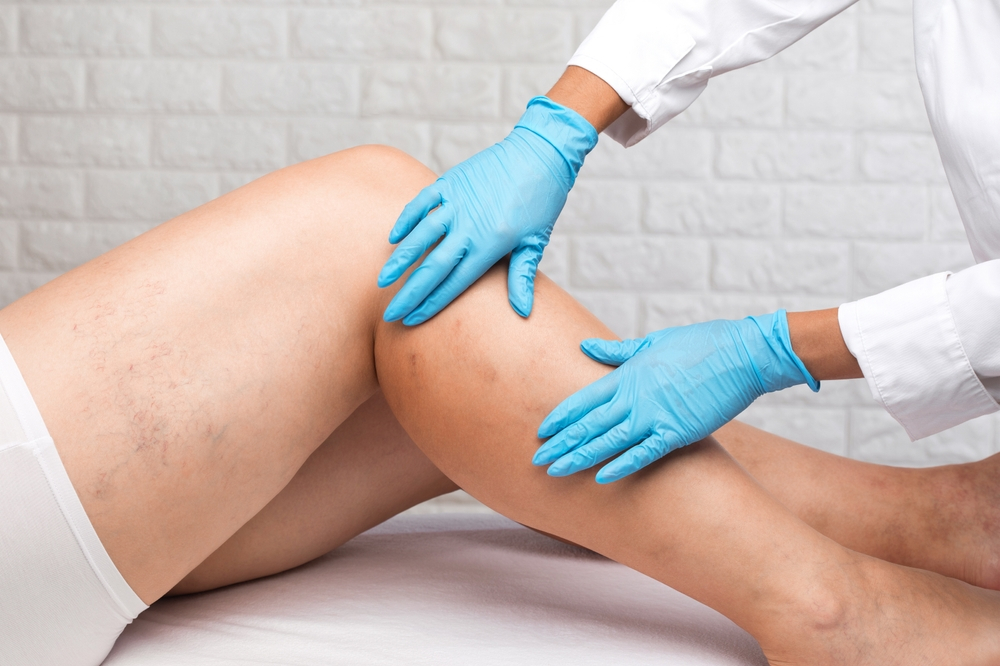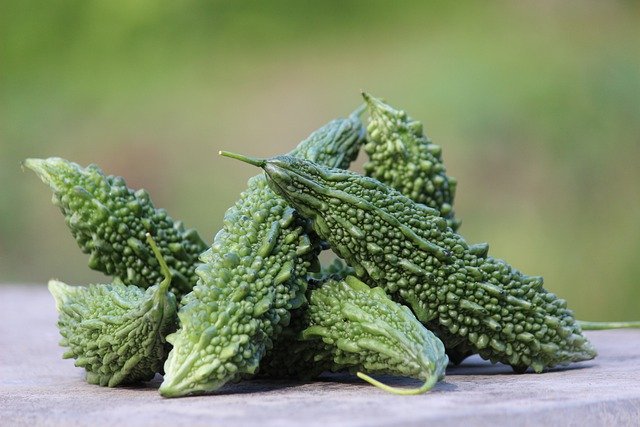Having a healthy vascular system is a big part of overall well-being. The vascular system, consisting of arteries, veins, and capillaries, is responsible for transporting blood and nutrients throughout the body. A healthy vascular system ensures that every part of the body receives these substances as required, while also supporting proper waste removal. However, the risk of vascular issues increases with age, making it crucial to adopt lifestyle changes that promote health. This article explores what a person with a healthy vascular system looks and feels like, the age at which vascular issues become a concern, and provides ten practical lifestyle changes that can help improve vascular health.
Vascular Health
Staying healthy in this regard may not be something people consciously think about, but it significantly impacts daily life. Efficient blood flow through the vessels to all organs and tissues and normal blood pressure are the key indicators of a healthy system that is working well. A systolic pressure of less than 120 and a diastolic pressure of less than 80 is considered normal for most adults. Taking steps to stay within this range is key to avoiding conditions like hypertension.
In addition, finding yourself short of breath or with chest pain after minimal movement may be a sign that your vascular health is struggling.
The age at which vascular issues become a concern can vary among individuals due to factors such as genetics, lifestyle, and overall health. However, certain risk factors tend to increase the likelihood of vascular problems. Generally, people should start paying closer attention from their mid-30s onwards as this is often when the first signs of arterial stiffness and atherosclerosis (hardening of the arteries) may appear.
By the age of 50 and beyond, the risk of vascular problems, including peripheral artery disease (PAD), deep vein thrombosis (DVT), and venous insufficiency, increases substantially. For women, the onset of menopause can bring additional risk factors, as hormonal changes affect blood vessel health.
It’s important to note that vascular issues are not exclusive to older individuals. Younger people can also be affected, particularly if they have a family history of vascular conditions or engage in unhealthy lifestyle habits. Being aware of your risk factors and making proactive lifestyle changes can significantly reduce the likelihood of vascular problems at any age.
10 Lifestyle Changes to Improve Vascular Health
1. Maintain a healthy diet:
Important for so many reasons, a healthy and balanced diet is one of the key ways to look after your circulation and metabolic system. A diet rich in fruits, vegetables, whole grains, lean proteins, and healthy fats can support this. On the contrary, foods high in saturated fats, trans fats, and excessive sodium can contribute to arterial plaque buildup and high blood pressure.
2. Stay active:
Regular physical activity, such as brisk walking, cycling, or swimming exercises the heart and can help improve blood flow, reduce arterial stiffness, and maintain a healthy weight. Aim for at least 150 minutes (less than 25 minutes per day) of moderate-intensity exercise per week. Breaking this up into multiple sessions is a great way to avoid burnout and stay motivated.
Keeping active is also important for mental and emotional health as endorphins are released during physical activity which help the body to reduce stress and promote overall well-being.
3. Think about blood pressure:
Being aware of your blood pressure is a good habit to get into. Have it checked regularly and follow your doctor’s advice if it’s elevated. Medication is often prescribed to help control hypertension and prevent secondary issues.
4. Maintain a Healthy Weight:
Excess weight can put added strain on your vascular system, leading to an increased risk of vascular issues. Losing weight through a combination of diet and exercise can significantly improve vascular health.
5. Avoid smoking:
Smoking damages blood vessels and greatly increases the risk of arterial disease. Quitting smoking is one of the most effective steps you can take to improve vascular health. It’s extremely difficult to kick a habit like this overnight, so many people follow step-by-step programs run by healthcare professionals.
6. Limit Alcohol Intake:
Excessive alcohol consumption can raise blood pressure and contribute to vascular problems, as well as impacting liver and kidney health. If you choose to drink, do so in moderation and stay hydrated by drinking plenty of water.
7. Manage Diabetes:
If you have diabetes, keeping your blood sugar levels in check is essential for vascular health. Follow your doctor’s recommendations and maintain a healthy lifestyle to manage diabetes effectively.
8. Stay Hydrated:
Adequate hydration helps prevent blood from thickening, reducing the risk of clot formation. Aim to drink about eight glasses or two litres of water over the course of the day.
9. Wear compression stockings:
For individuals at risk of or already experiencing venous insufficiency, compression stockings can help improve blood flow in the legs and reduce swelling. Consult with a healthcare professional or a vascular surgeon for proper guidance on this as different people will require different pressure levels and lengths depending on the severity of their condition.
10. Stress management:
Chronic stress can raise blood pressure and contribute to vascular problems. Engage in relaxation techniques, such as meditation or deep breathing exercises, to manage stress effectively.
In conclusion, vascular health is a critical component of overall well-being, and making lifestyle changes to support it is a proactive step that can benefit individuals of all ages. However, if you’re already struggling with arterial and venous issues, reach out to a vascular specialist. There are plenty of experienced consultants offering advanced arterial care and spider vein treatment in Melbourne. Taking care of your vascular health is an investment in your future, ensuring that you can lead an active and fulfilling life for years to come.





